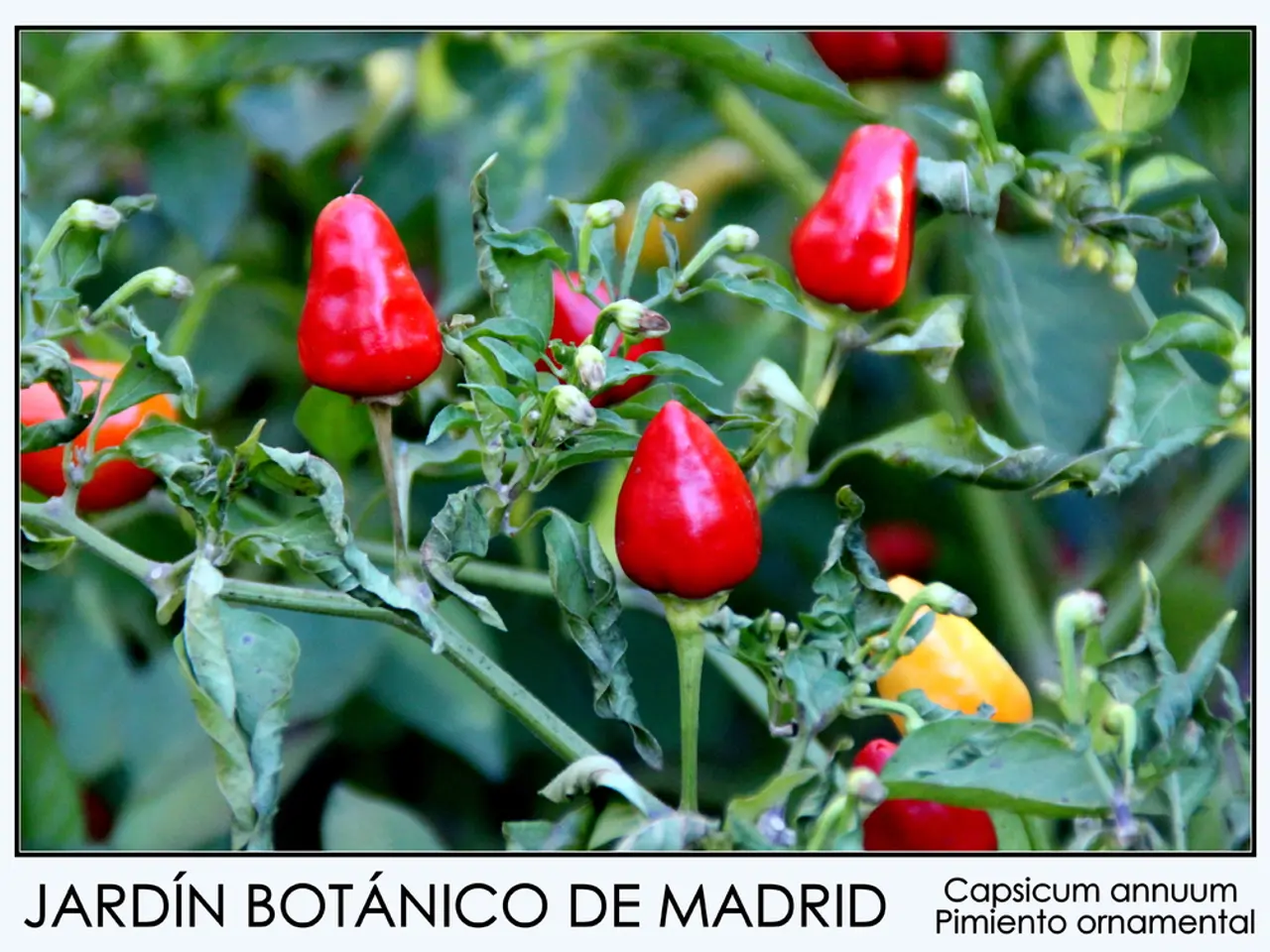Uncovering Garden Irritants: Recognizing and Mitigating Skin Allergens in Your Flora
Contact dermatitis, a common skin condition, can be triggered by exposure to certain plants. This article aims to provide valuable information on identifying these plants, understanding their effects, and offering prevention strategies.
Garden enthusiasts may be familiar with the primary culprits of contact dermatitis: Poison Ivy (Toxicodendron radicans), Poison Oak (T. diversilobum), and Poison Sumac (T. vernix). These plants contain a chemical called urushiol, which causes a severe, itchy, and painful inflammation of the skin when it comes into contact with human skin. The rash usually appears several hours to three days after contact, often starting as blisters accompanied by intense itching.
Another plant to be cautious of is Giant Hogweed (Heracleum mantegazzianum), which can cause phytophotodermatitis, a severe skin blistering reaction when exposed to sunlight after contact with the sap.
Stinging Nettle (Urtica dioica) is another common plant that can cause contact dermatitis. Its needle-like hairs on the leaves and stems inject irritants like formic acid into the skin upon contact, causing a burning, tingling sensation and an itchy rash.
Recognizing these plants and their symptoms is crucial for prevention and timely treatment. Symptoms of plant-induced contact dermatitis include redness and inflammation of the skin, itching, small blisters or vesicles, a possible swelling in the affected area, and in the case of stinging nettle, a burning or tingling sensation.
Prevention strategies include wearing protective clothing, educating oneself about plant identification, and understanding one's own skin sensitivity. Barrier creams, protective gloves, long sleeves, and pants can provide a barrier against plant allergens. Regular skin care routines, including the use of moisturizers, help maintain the integrity of the skin barrier and reduce the risk of developing severe reactions.
Treatment for contact dermatitis typically involves the use of topical steroids and antihistamines. Topical corticosteroids, such as triamcinolone and clobetasol, are used for immediate relief of symptoms. Over-the-counter hydrocortisone creams and hypoallergenic moisturizers can be effective for mild cases. Prompt washing with soap and water can mitigate the severity of the reaction.
For severe cases or systemic symptoms, additional systemic treatments like oral corticosteroids or immunosuppressants may be necessary, but should be supervised by a healthcare provider. Patch testing is recommended for identifying allergens causing contact dermatitis, involving the application of patches with potential allergens to the skin and observation for reactions over a period of time.
Glen, a gardening expert with over 15 years of experience, creates helpful content for a blog, providing valuable insights into the world of gardening and plant care. By understanding the risks posed by certain plants and taking necessary precautions, one can enjoy the beauty of nature without the discomfort of contact dermatitis.
Garden enthusiasts should be aware of poisonous plants like Poison Ivy, Poison Oak, Poison Sumac, Giant Hogweed, and Stinging Nettle, as they can cause skin reactions such as contact dermatitis. To prevent such reactions, it's essential to learn plant identification, wear protective clothing, use barrier creams, and maintain a regular health-and-wellness routine, including skin-care practices like moisturizing to strengthen the skin barrier.




